How might technology help build better sleep habits? How can we be more motivated to sleep early with gamification?
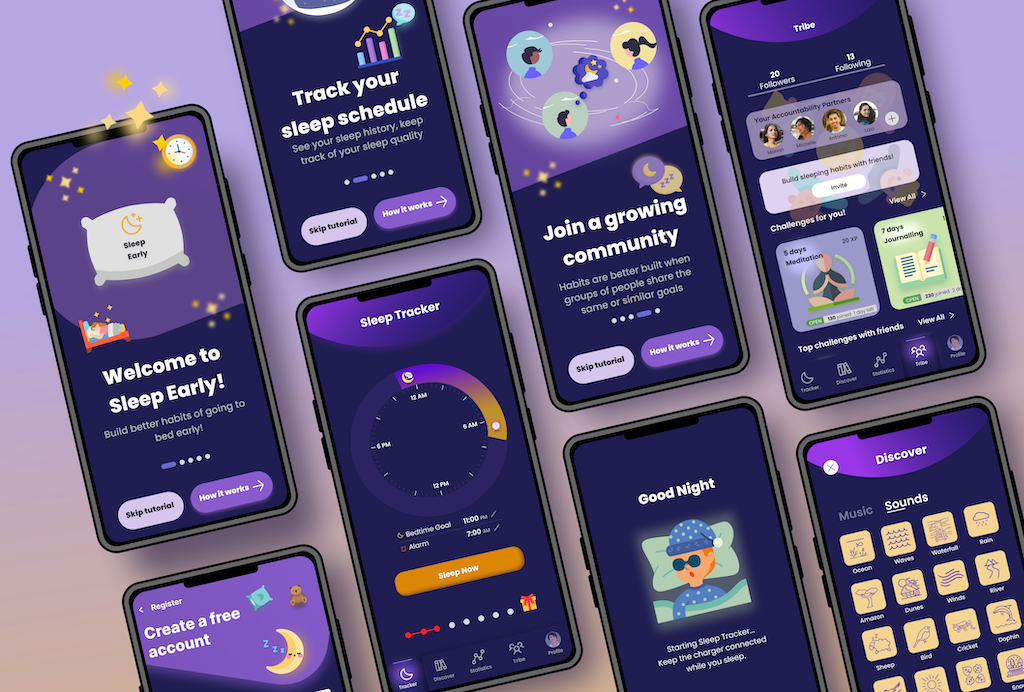
Sleep Early
This is a student project that I created on my own during my studies in Human Factors at Barcelona Technology School. No stakeholder.
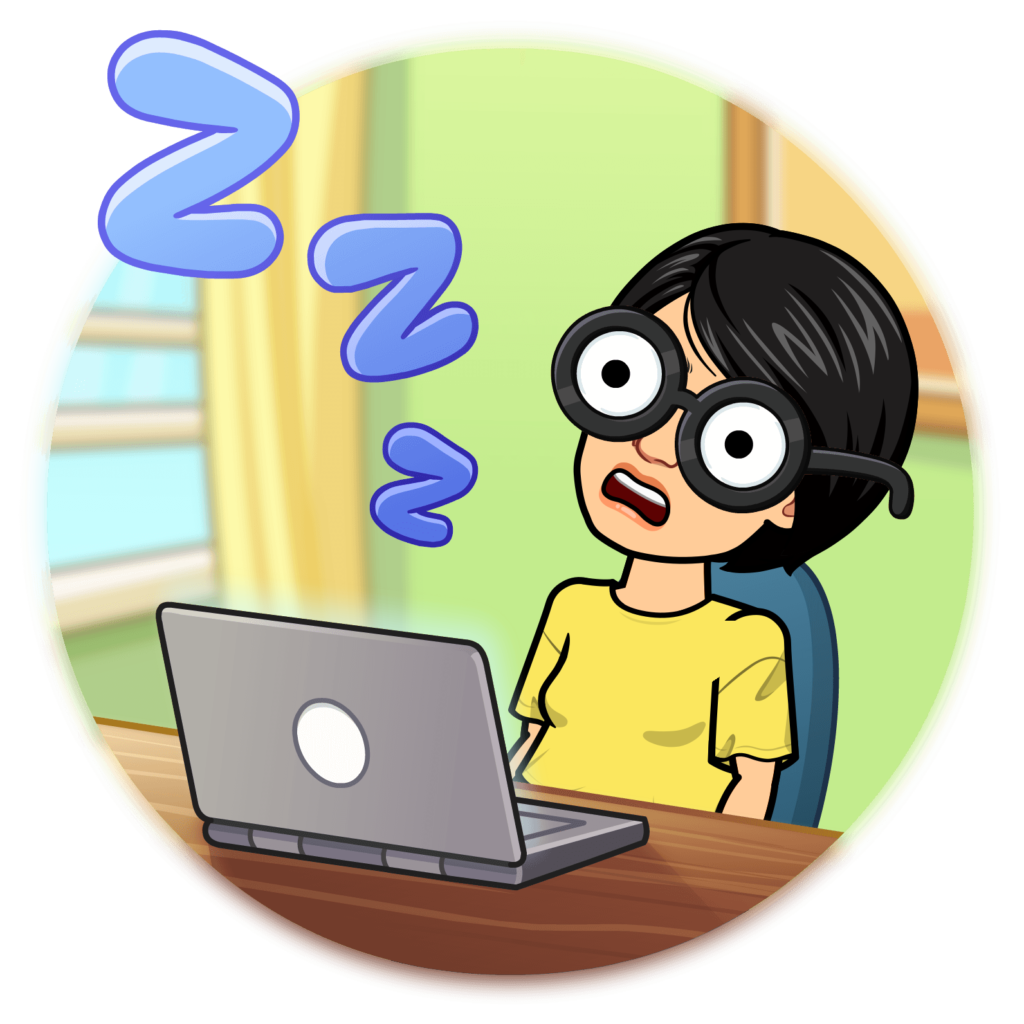
Why I chose this project
Going to bed early has always been a challenge for me. Sleeping well is fundamental for good health, so building a consistent sleep routine to improve my sleep quality is important, as it greatly affects my mood and productivity the following day.
The challenge for me was to break the bad habit of sleeping late to sleeping earlier and keep it consistent. I knew that if I was struggling to do this, others would too.
The Problem
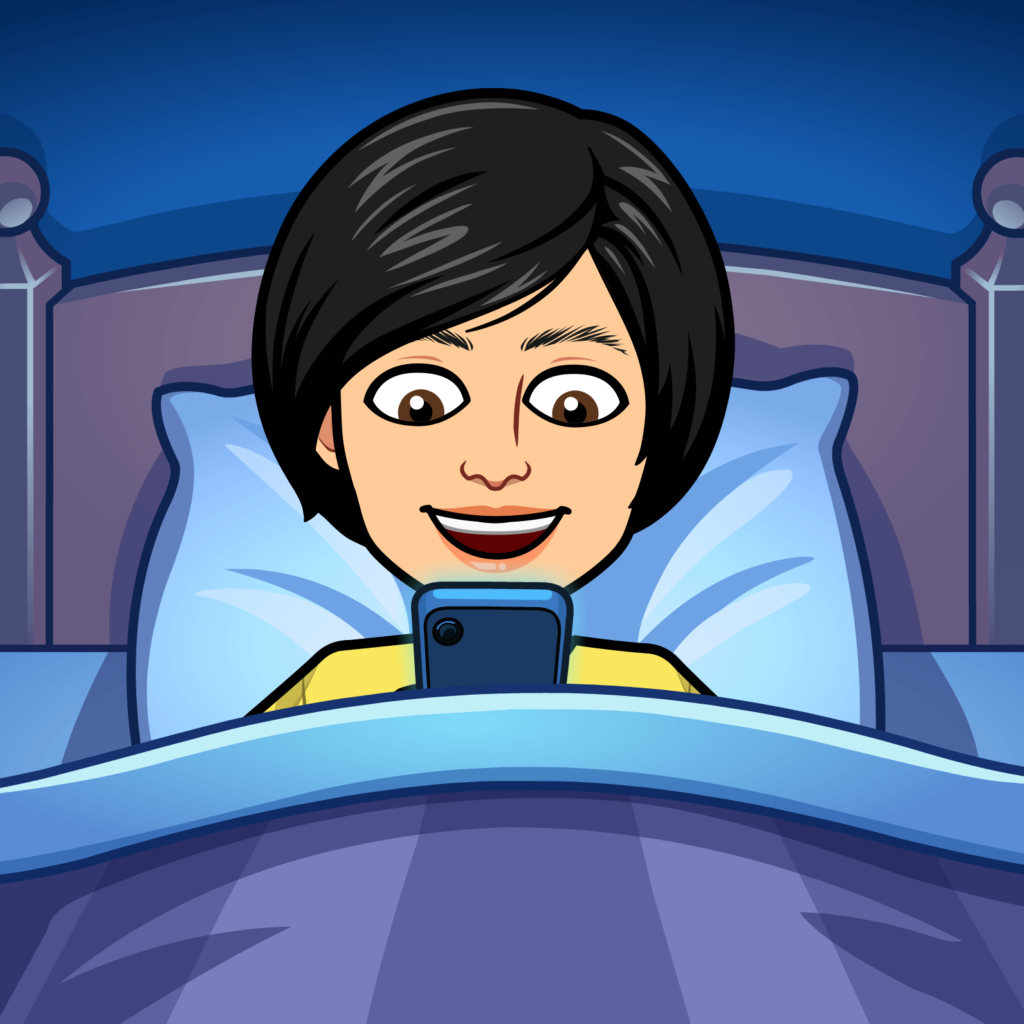
People who want to live a productive and healthier life can easily get entangled with many distractions deterring them from going to bed early to getting the maximum sleep quality.
Another phenomenon is known as “revenge sleep procrastination” in which people who feel they don’t have control over their daytime life refrain from sleeping early, so they can get a sense of freedom late at night. This can affect their mental and physical health with both short term and long term consequences
Market Research
The Claim
The importance of good sleep is extremely vital for our wellbeing. Global Market Insights report estimates that the the booming global sleep market will rise from $12.5 billion from 2020 to $40.6 billion by 2027, which is an annual growth rate of 17.8%.
When looking at just the market of sleep tech devices alone, it is valued at around $15 USD billion for 2021 and is expected to grow at a rate of about 18.1% between 2022 to 2030.
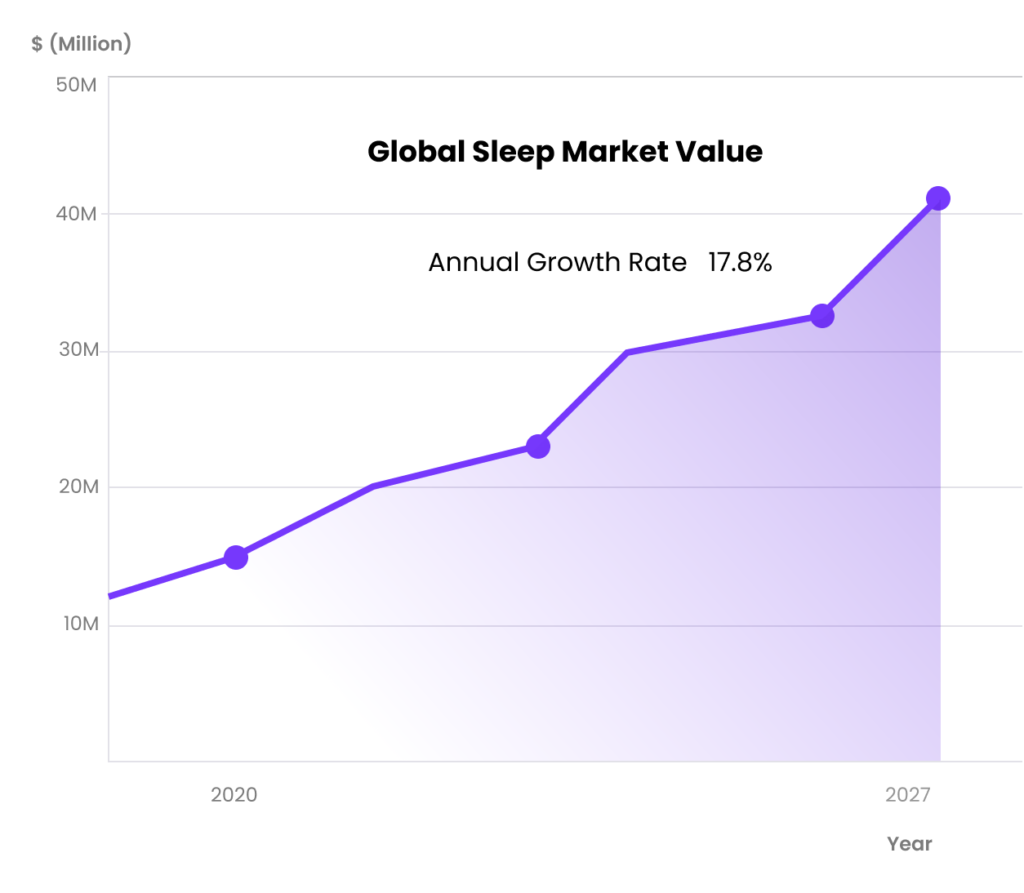
Competitive analysis + The Gap
I analyzed 4 most popular apps that are either direct or indirect competitors of the space for sleeping better

Don’t Break the Chain!
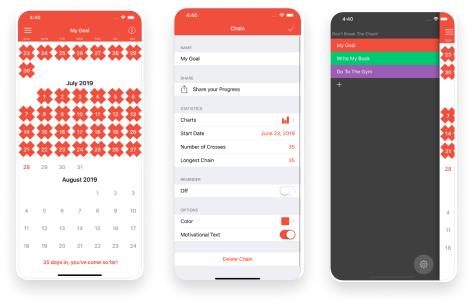
The Good
Don’t Break the Chain offers simplicity in design and does not offer cognitive overload with tasks and options to overwhelm the user. Also, this app can be used for any habit tracking related things and serves the purpose of keeping track for users to going to bed early. This is great because repetition makes it easier to get habits to stick.
The Bad
Don’t Break the Chain does not offer accountability for users and is more suitable for those that have self discipline and strong self-management techniques without the need of support from other people. Also, this app is not visually engaging to keep users motivated.
Calm
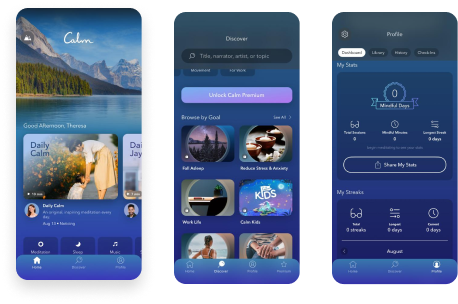
The Good
Beautiful visuals with recommendations tailored to help users attain the goals -such as falling asleep-they want to achieve. Building a streak is also featured in this app and encourages users to share their progress in social media.
The Bad
Calm has repeating content found in different tabs (Home and Discover) and provides a library of resources (including podcasts) to help users relax and be in a mindful state. This app can very easily overwhelm users who want to only find more efficient ways to help them fall asleep instead of going through many options to find the best audio to listen. Therefore, this app may not serve as the best one to help users stay consistent with their sleep goals.
Shuteye
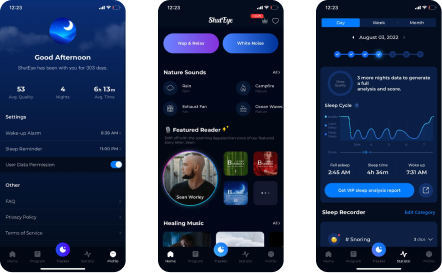
The Good
Organized content, beautiful illustrations, and additional resources to help guide users to sleeping better. This app provides excellent and in-depth tracking sleep progress and statistics. In addition, it offers calming music and bedtime stories. This is a great app for users serious about improving their sleep patterns. The app provides notifications to nudge user to get ready to bed.
The Bad
Shut Eye lacks the habit forming features and educational content to let users know the importance of maintaining good and consistent early bedtime. This app falls short in implementing effective design strategies to reinforce building better sleep habits and making them stick.
Fabulous
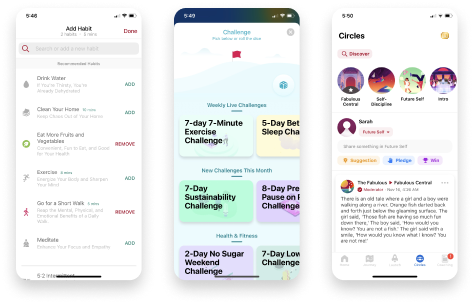
The Good
Fabulous offers a wide range of features related to wellness and self development and provides a community of users to come together to share their similar goals, so they feel connected with each other. There are some gamification elements, as well as option to create accountability.
The Bad
The app provides cognitive overload and challenging navigation at times. Too many features creates distraction to users. The goals, habits and challenges it provides are also non-customizable for the users to create specific habits they need.
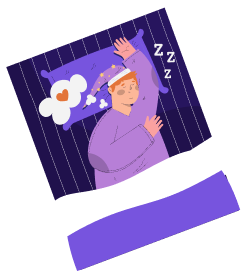
Target User Group
From my research insights, I decided to focus my target group to ages 18-40 years old, as this group is associated with the busiest and most active/social lifestyle carrying multiple responsibilities in a day, such as school, work and family commitments.
User Survey
I conducted a quick survey with 30 individuals on Google Form who are either full time students or working full-time jobs to see what their sleep schedules and opinions towards sleeping late were late.
Some of the questions asked were…
- Do you believe that sleep quality has positive impact to physical and mental health?
- What is the average time you go to bed?
- How willing are you to sleep early to get better health?
More Primary Research….
I interviewed 5 people between the ages 24-40 to find the following information below:
-How my participants felt the next day when they went to sleep early the night before
-How my participants felt the next day when they went to sleep early the night before
-What keeps them up late at night and if they have used or adopted any sleeping strategies to
improve their sleep habits
-What motivations would they need to have to keep them stay motivated to adopt a sleep early routine
Key Insights 🌙
💪🏻 4 out of 5 say they feel more positive and/or productive the next day if they go to sleep early the night before.
Keywords are: happiness, energized, rejuvenated, energized
🧠 4 out of 5 believe that adopting early habits will contribute to positive long term effects in a person’s focus and memory
👩🏼💻 All participants confess they are on a computer or on their phone before bedtime. 2 out of 5 claim they are on the phone for 30 minutes or more before going to sleep
🤳🏻 Screen time, use of social media, staying up late, and bed time procrastination are the common culprit that came up from participants struggling to adopt a sleep early habit
💆🏻♀️ 3 out of 5 need to unwind after a long day and need quality time to themselves to relax by filling in time to do things they like, so they can avoid getting ready to bed
User Personas
I created personas based on 2 types of users of the Sleep Early App: The student and the full-time employed worker.
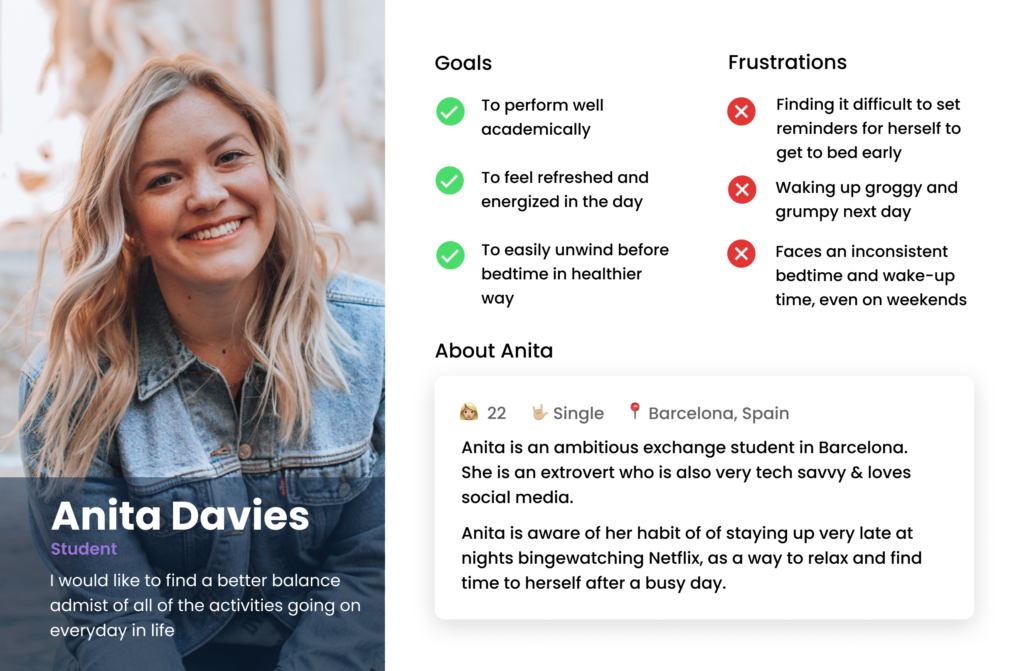
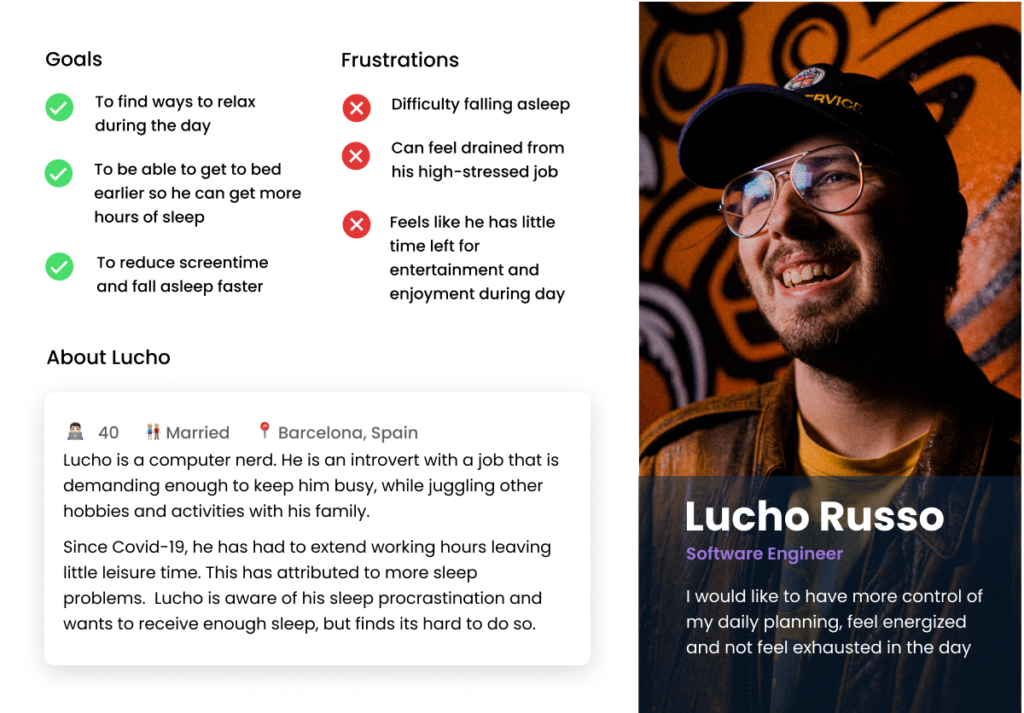
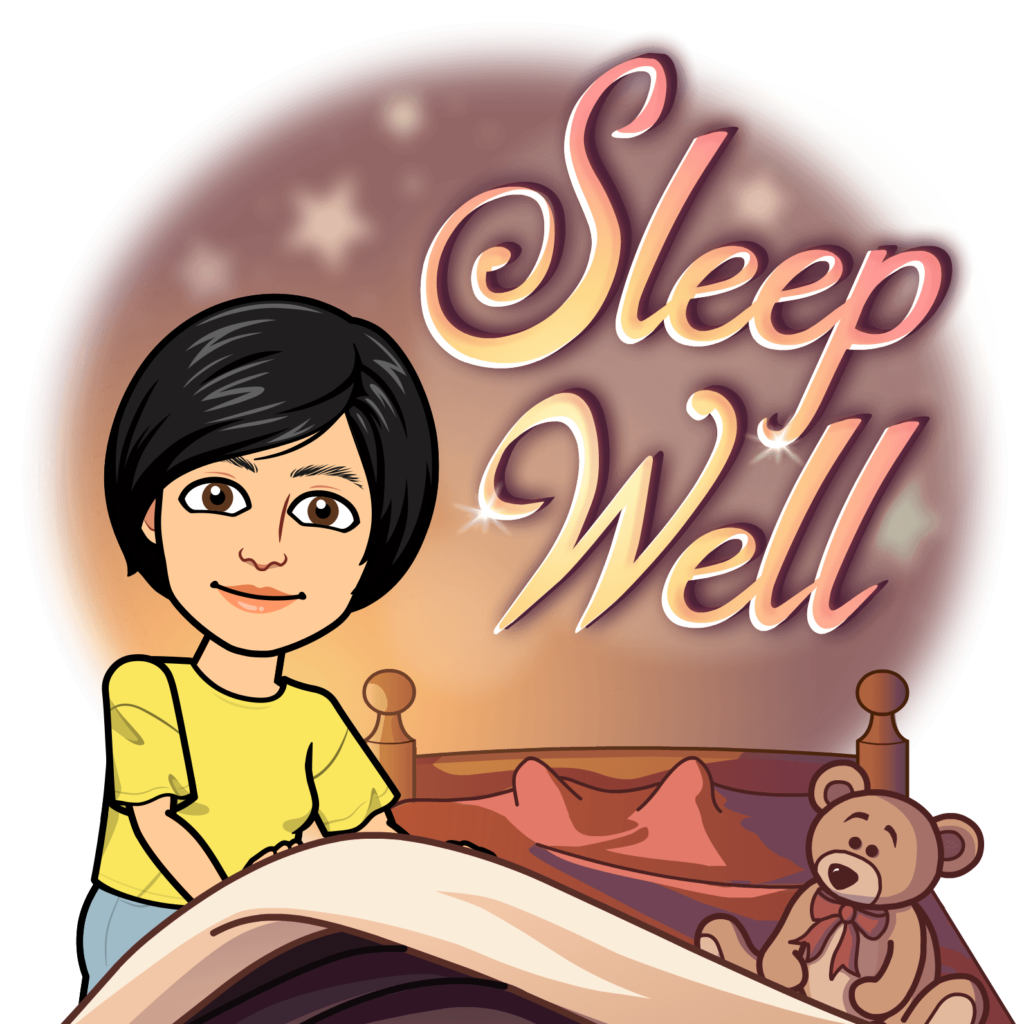
Time to start designing!
Once I collected all of my research findings, the next step was to sketch out the user flows and low-fidelity wireframes
Flow Diagram
I also created a simple flow diagram of the main tasks that a user can do.
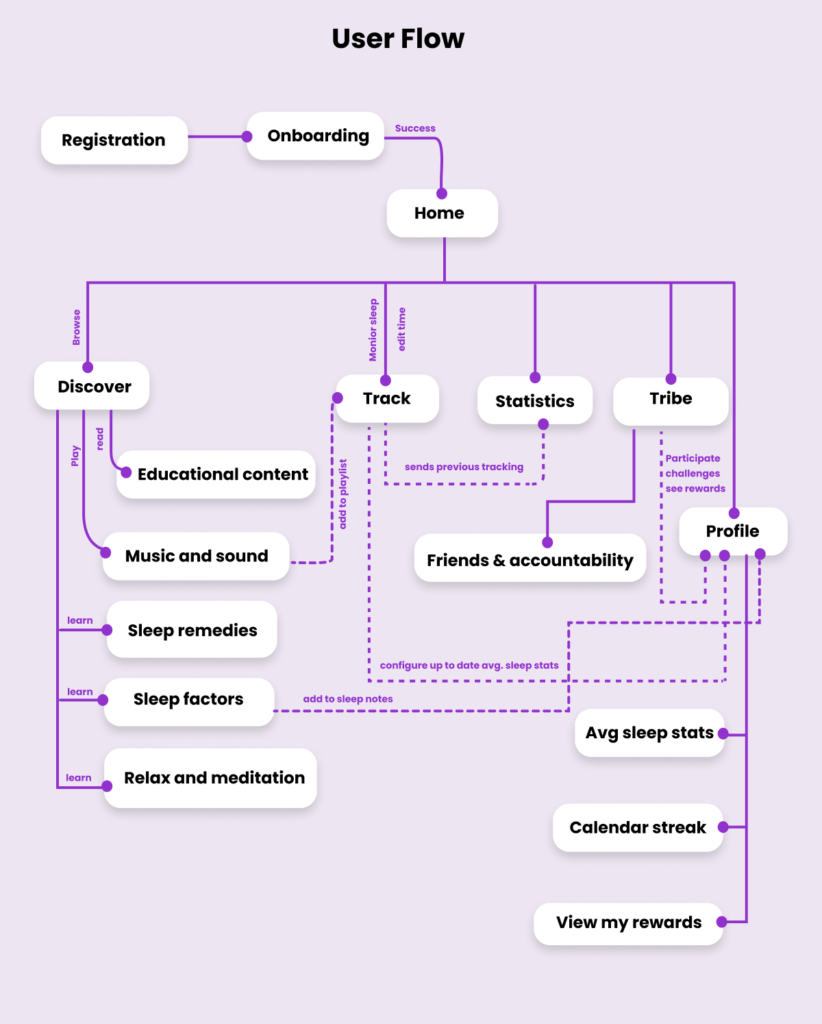
Low Fidelity Sketches
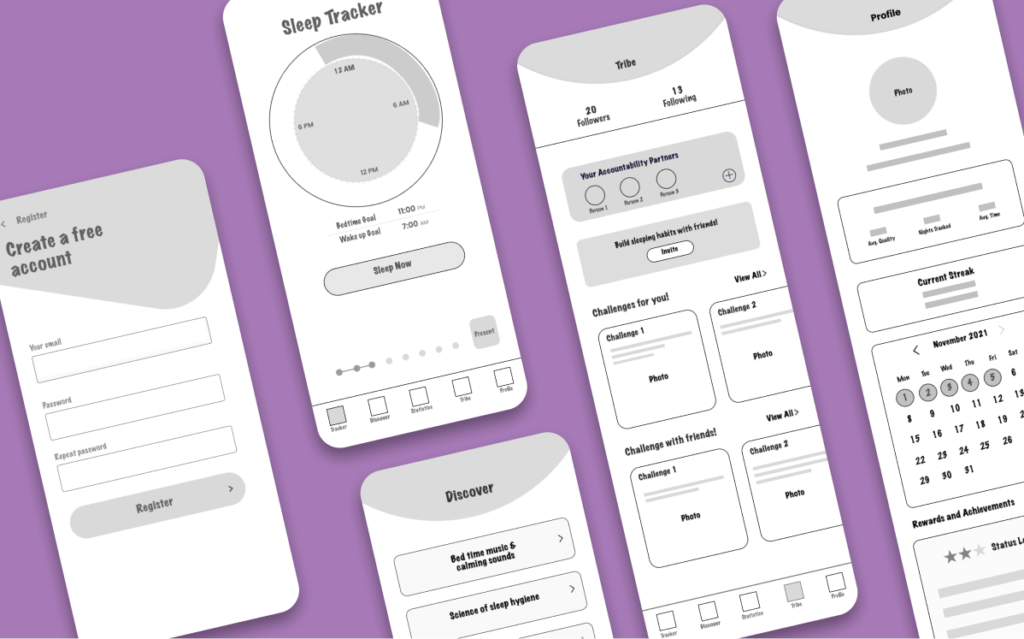
High Fidelity UI
The next step was to plan the style guide of fonts and colour choice after completing the initial flow.
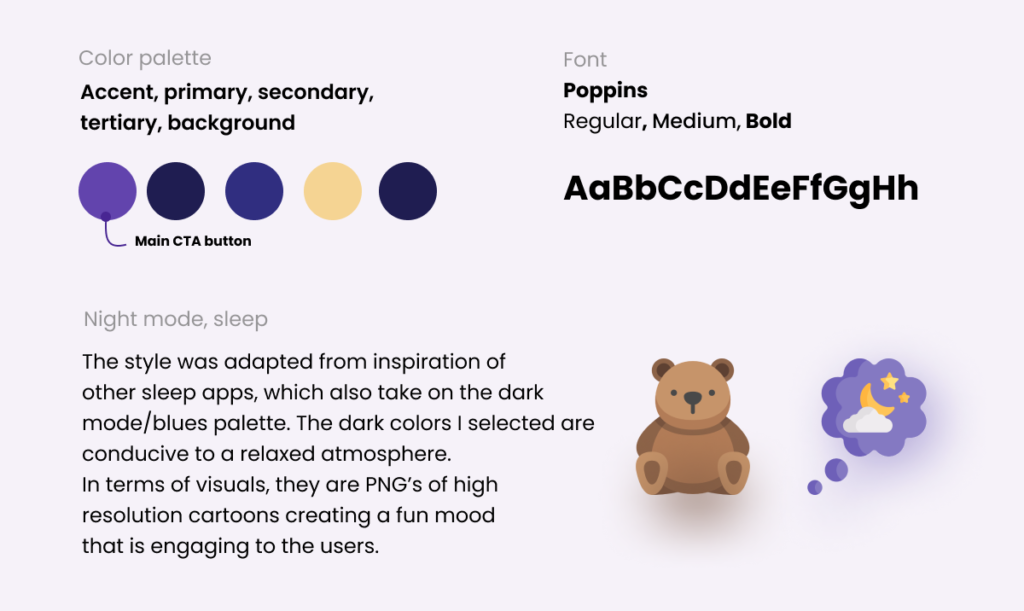
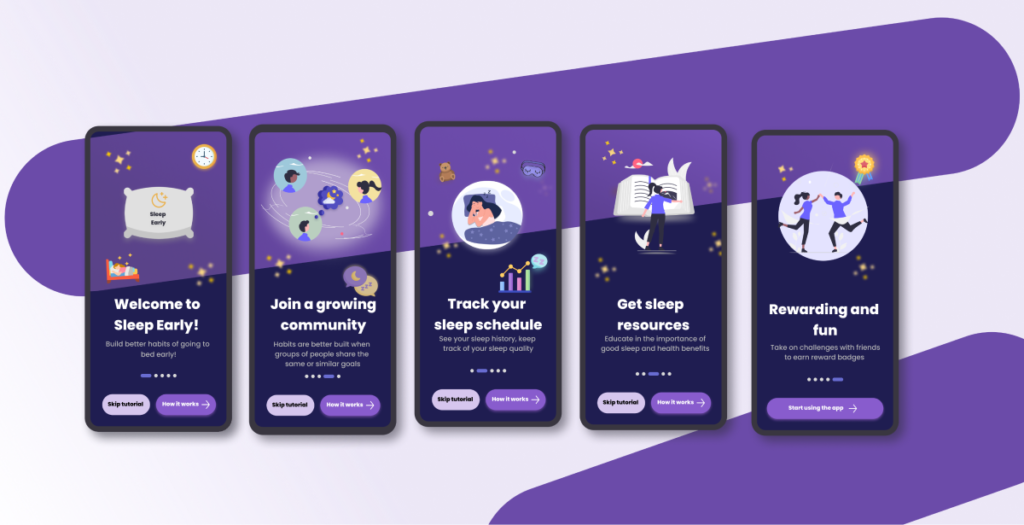
30 high-fidelity designs were created
Here are just a few..
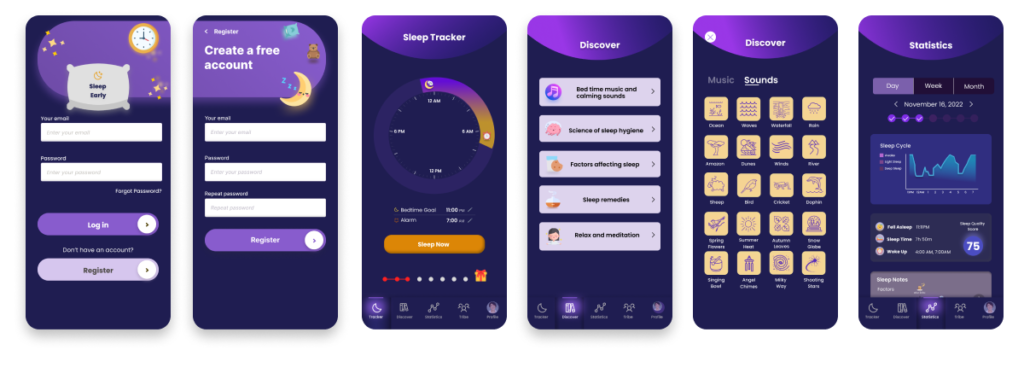
Design Features
To develop better habits for people struggling to sleep early, I applied the 4 features to my app that follows the guidelines of human factors in UX and habit forming principles.
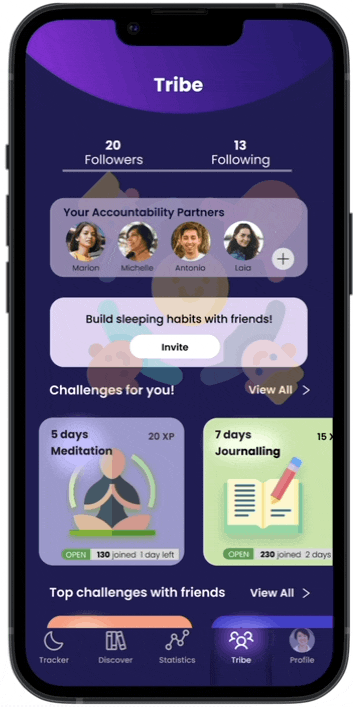
🤝 Creating a community of users sharing same goals
Hook Model principles states that we tend to adopt habits that are approved and praised by the tribe (social groups) that we fit in.
Creating accountability partners and a following of friends encourage users to stick to their habit. In addition, the challenges provided in the app make the experience more engaging and fun when working towards adopting these habits of sleeping early
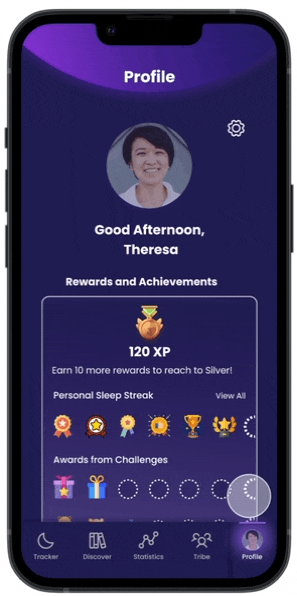
🎮 Gamification gets users engaged, hooked, and motivated to continue with their habits especially when rewarded for their hard work
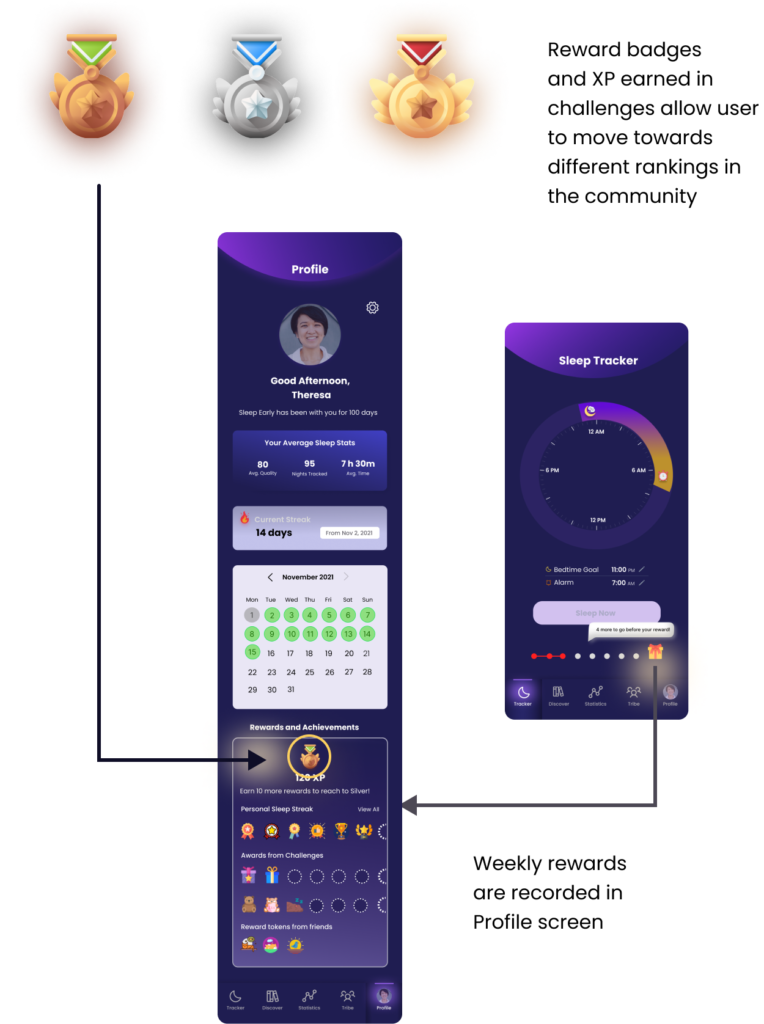
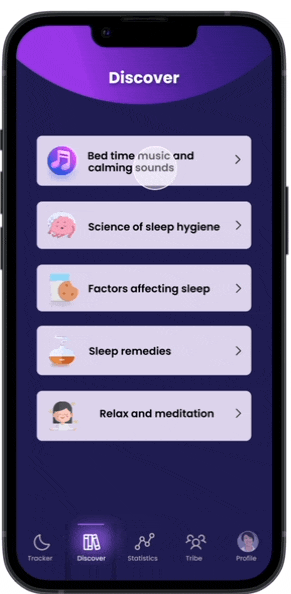
📚Providing educational content reinforces attitudes and beliefs about the importance of sleep
Users can also learn about sleep factors and discover remedies and resources to help them sleep better
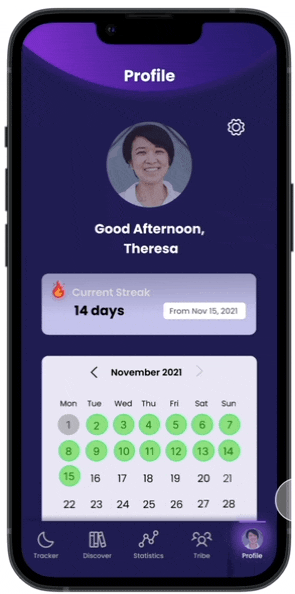
💪 Providing consistency with results
Giving users instant feedback on how far they have progressed refrains them from breaking the pattern (Adopted from “Don’t Break the Chain” methodology)
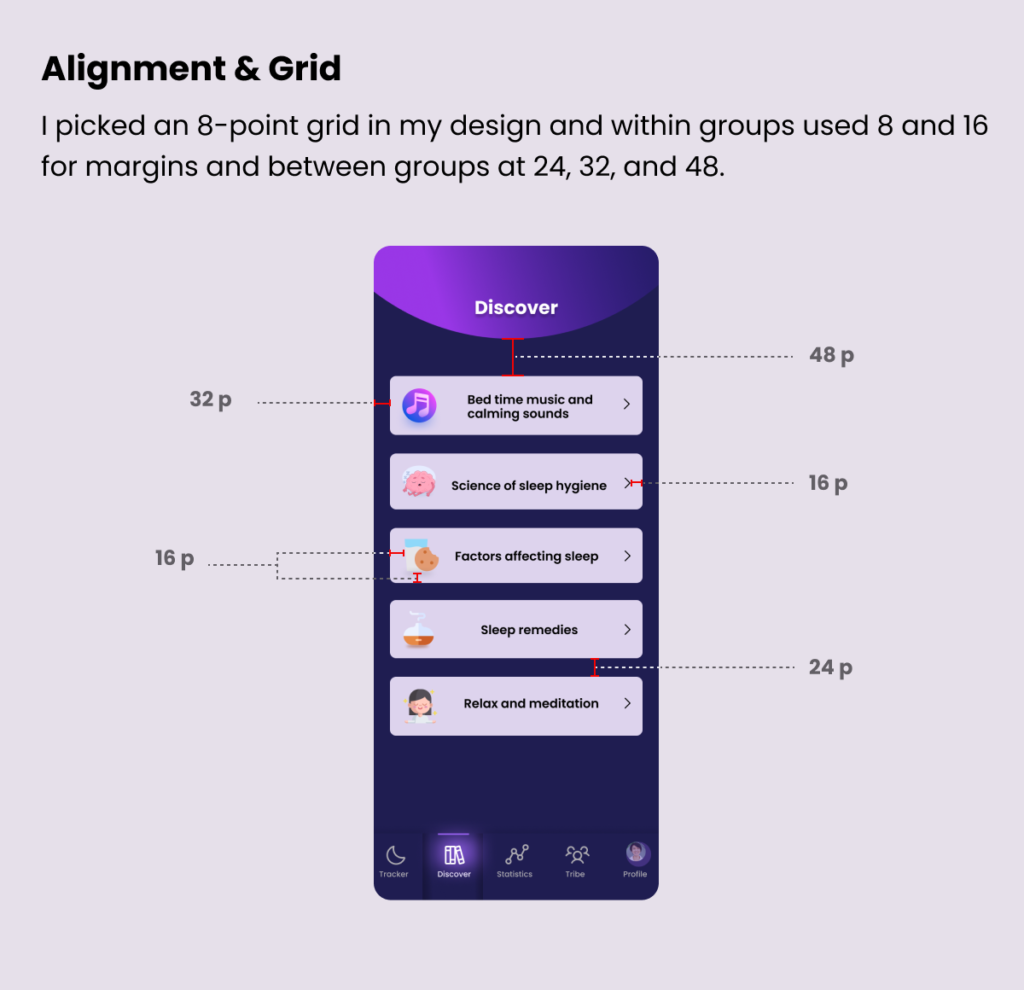
High-fidelity Prototype
I tested my app design by connecting it to a clickable prototype on Figma, so I can conduct a usability testing with potential users.
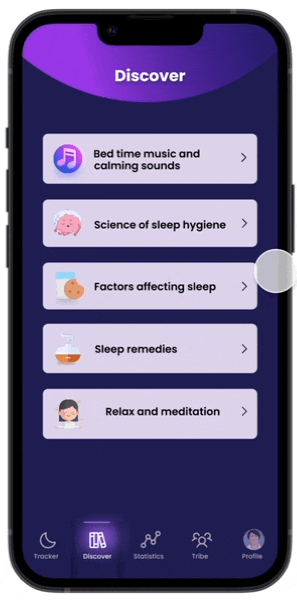
The full prototype can be live viewed here
Prototype Validation
I tested my prototype with 3 potential users. Each were given several tasks to test part of the prototype flow to see if they understood what each tab/screen meant and if they would be able to use the app with ease to track of their sleep early goals.
This was tested over a zoom call and in person. On Zoom, a shared link was given to the test participant and I was given permission to share his/her screen to watch the participant navigate the app. For the in-person usability testing, I put my prototype from Figma onto my iPhone to give a more realistic and tactile experience for the test participant. Some of the questions asked were:
- Are you able to understand how the content found in “Bedtime Music and Calming Sounds” is used?
- Where would you go to track your progress of your sleep habits streak?
- How would you edit your sleep time and wake up time?
- How easy was it to navigate the app?
Study results
Overall, the app design was well received by my small group of test participants. They found the content and the features of the app to be useful and like the design and overall look and feel of the app.
There were however, issues identified in the app.
First, 66% (2 out of 3) were unsure of what the Average quality information meant in the profile page. In addition, one participant added it would be good to have a percentage showing instead of a number because it was unclear what scale it is based.
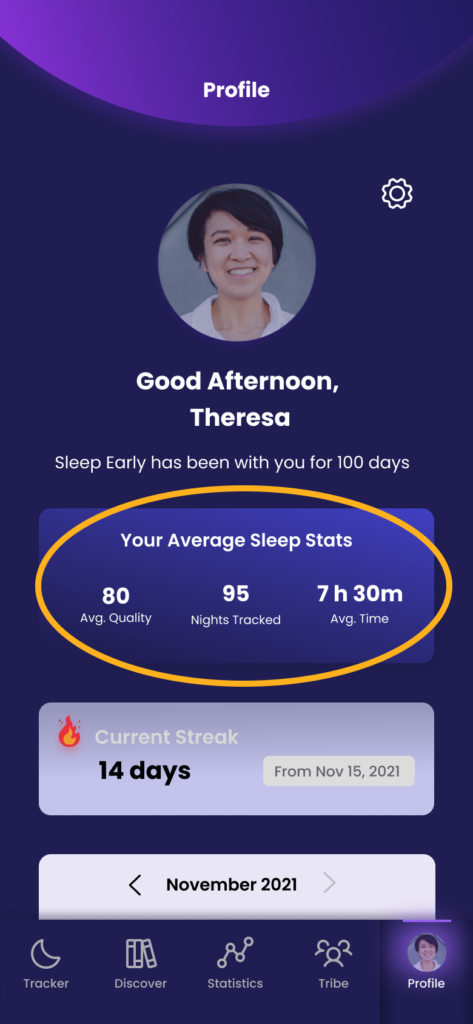
Second, 33% (1 out of 3) pointed out that that the coloured grids next to the graph chart : awake, light, and deep sleep were confusing and it was unclear how the graph is read on how well one would sleep the night before.
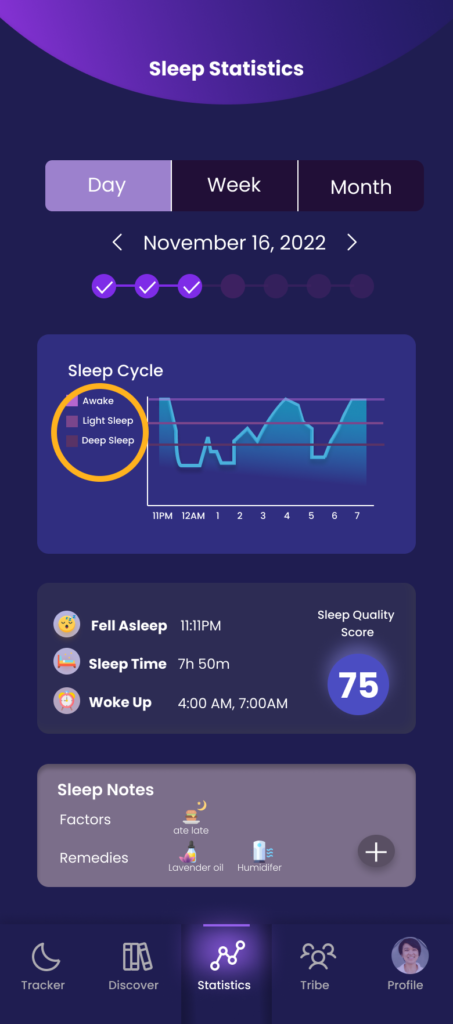
Third, 66% (2 out of 3) users questioned how one would be able to know the time the user woke up, if let’s say the user had waken up before the alarm clock sounded. It made it clear that a button to give the user the ability to stop the tracker should be included too.
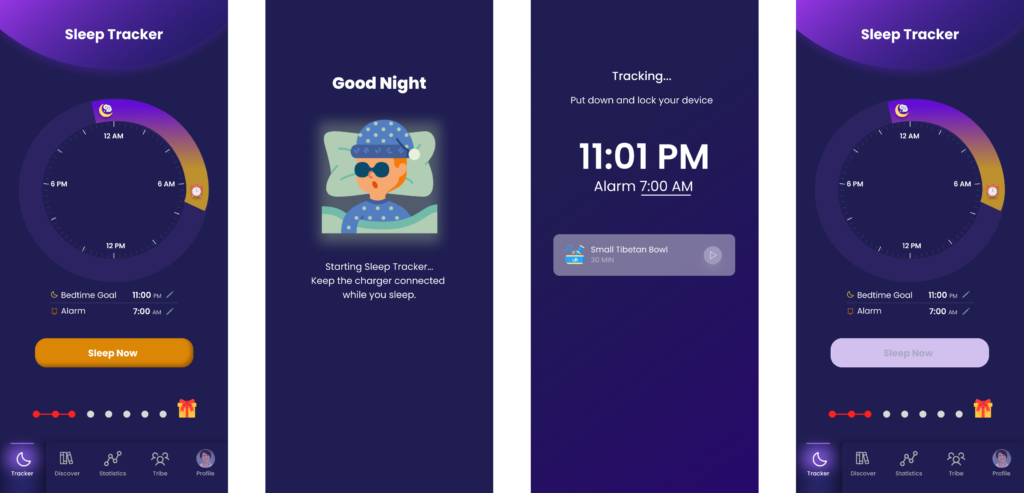
Updated prototype concept
Due to the time constraints of this project, I was unable to conduct a second usability testing to re-evaluate if the issues identified from my first testing were successfully solved. Nevertheless, I have made the changes and provided them here below. Please note that I have kept the original high fidelity wireframes (pre-usability testing) in my case study to allow readers to keep track of what was done up until the usability testing phase.

During the usability testing I discovered that the colours were difficult to read in the Statistics page. The colors labelling: Awake, Light, and Deep sleep states also did not pass the WCAG test to match the AA standard of contrast. I had modified the colours and provided 2 types of designs below. If a future testing can be done, perhaps doing A/B testing would be useful, so it would confirm which design is easier to understand and visually appealing.
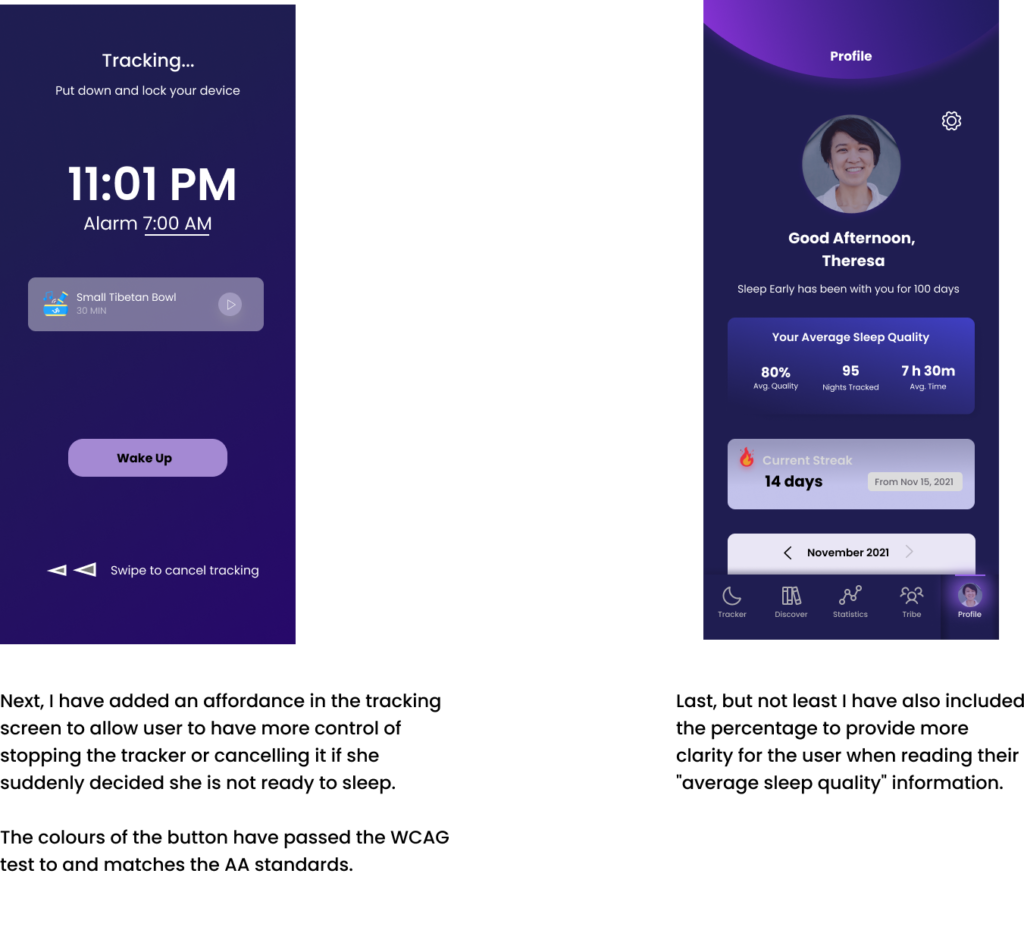
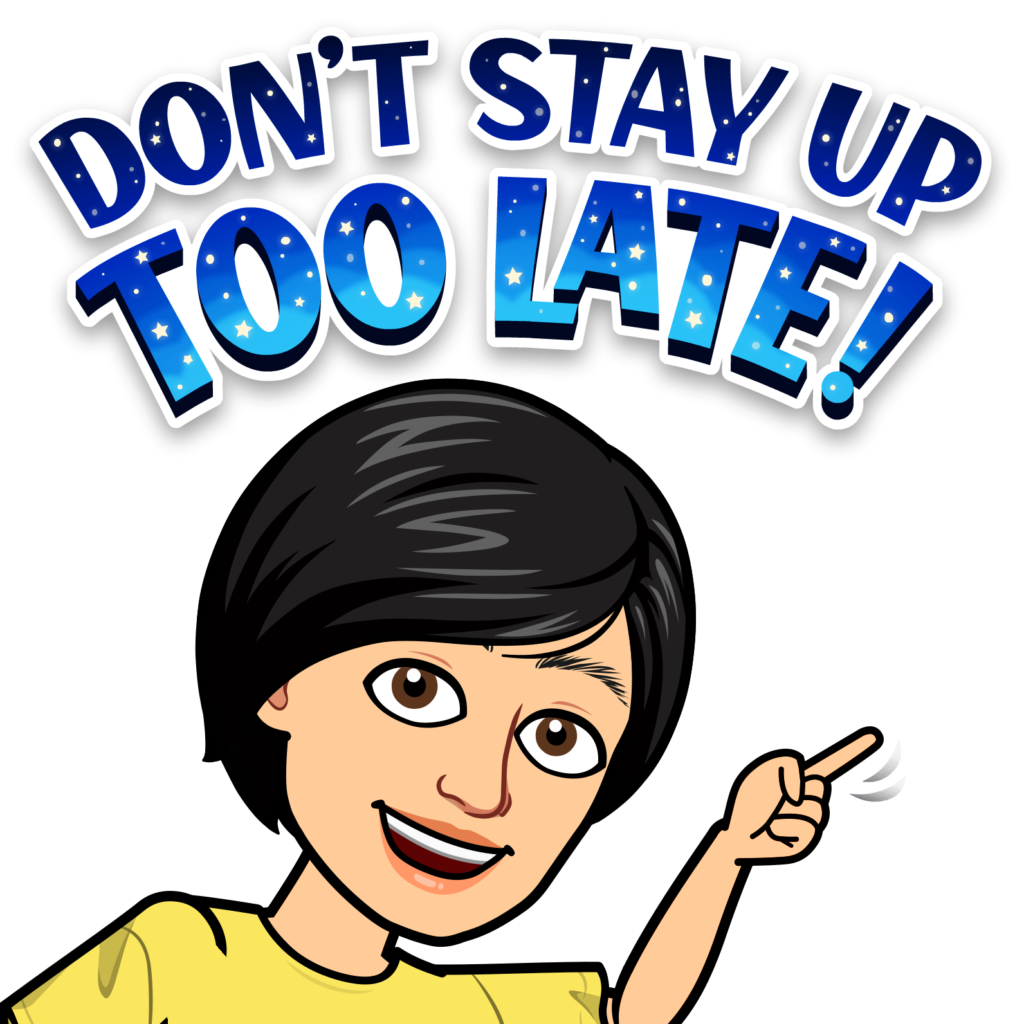
Future Steps
My main goal of this project was to create an app that would help users break free from their sleep procrastination habits and help them maintain healthier sleep goals to improve their overall sleep quality. Though this app did not lead to the development phase to allow me to see the results from users using my product, more could be improved in my work.
One area of improvement would be to further develop the prototype and conduct more extensive usability testing with users. Additionally, a future plan could include the integration of a supplementary device, such as a smartwatch, to provide more accurate and reliable tracking. This could include features such as vibration alerts to remind users to go to bed and monitor their heart rate while sleeping. Additionally, I would aim to improve the way challenges in the Tribe section are presented and incorporate them into the user’s profile for tracking progress.
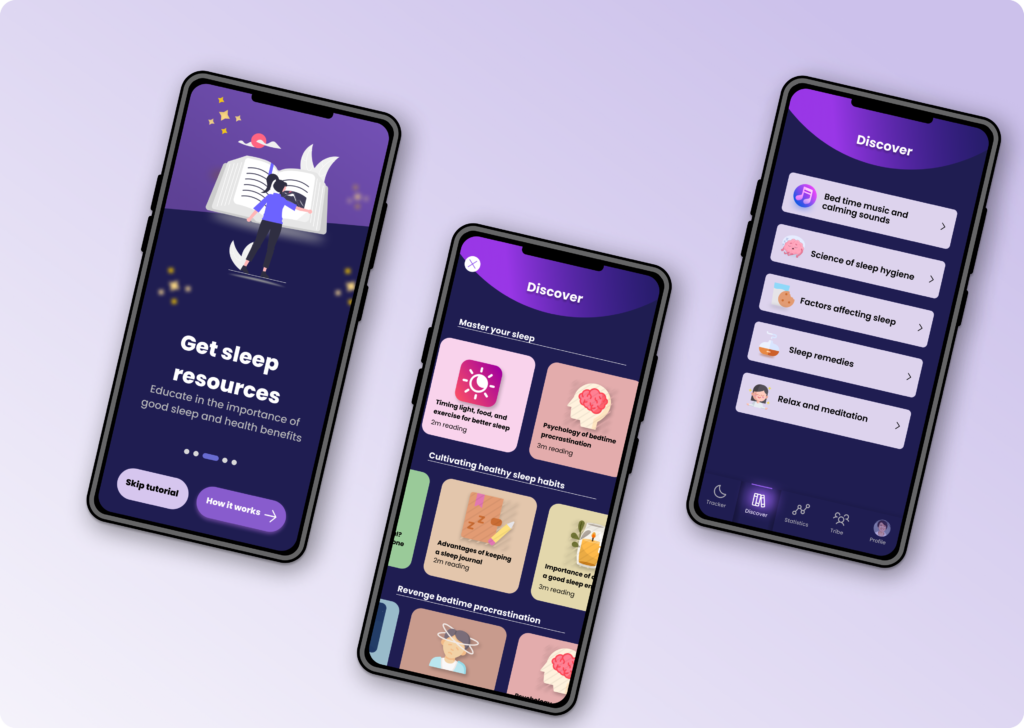
Thank you for reading!
